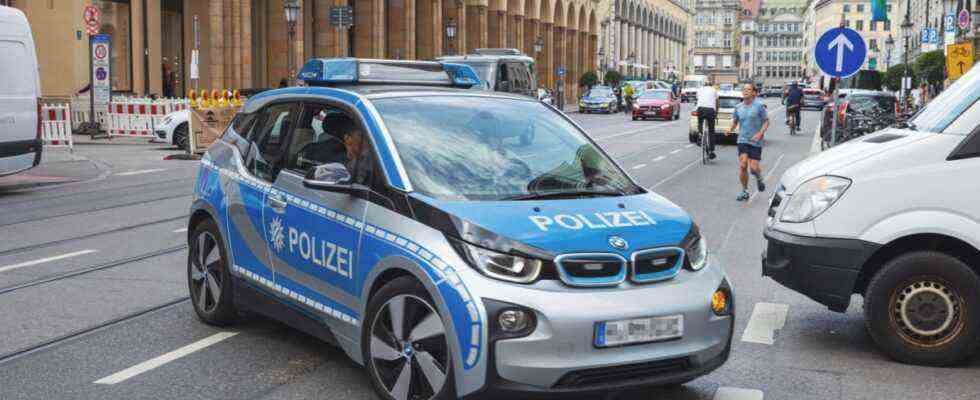What a celebratory atmosphere is that day in July 2013: “It’s not just a car,” said Norbert Reithofer, then CEO of BMW. “It’s a revolutionary step.” The carmaker from Munich invited to a former factory building in New York City to demonstrate the i3. A car that is much more delicate and completely different than the 3 Series, 5 Series or 7 Series: The first electric car from a German manufacturer should lead BMW into a new age in which scarce resources are more important than extra horsepower. “The car is perfect for New York,” says Reithofer – and the then mayor and premiere guest Michael Bloomberg agrees. In short: In 2013, BMW is avant-garde, a pioneer of electromobility, almost like Tesla.
Now, nine years later, in the middle of the electric car boom, the i3 is being discontinued, and the last car will roll off the assembly line in Leipzig in June, as BMW announced. This isn’t just a model ending. The question is also: how did it go with the revolution that time was once called “The Political Car”?
The initial question at the time was: how could the car industry, how could BMW contribute to so-called decarbonization? A small team was to develop an “MCV”, a mega city vehicle, starting in 2007. The target group: big city ecos. So about the opposite of the usual customers and the usual employees. Internally, the “Project i” initiated by Reithofer was mocked as a “handicraft group” – until the group got really serious in 2009 and got out of Formula 1. Instead, the i3 team receives the budget, along with the task: “Rethink everything!” The result is a car that has a battery under the seats, is made of carbon and renewable raw materials in a specially built factory – and above all looks quite idiosyncratic, very eco-friendly, compared to Tesla models, for example.
Maybe that’s why sales are so slow, despite the break in New York City. The fear of range may also play a role given the somewhat tight battery. The customers just have to get used to it, says Reithofer. But soon it was said: The project failed, two billion euros wasted, that is twice as much as a conventional model needs. Instead of planning further models, the i3 team is disbanded and a number of them go to the competition disappointed. Project boss Ulrich Kranz, for example, is now in charge of Apple’s secret car project, which the entire industry fears.
The i3 is the manufacturer’s most successful electric car to date
At BMW they say: The time is obviously not yet ripe for e-mobility and as a result they are primarily focusing on hybrid technology, i.e. cars that also drive a little electrically, but are still classic cars. The i3 should then already be over in 2019. The stricter CO2 fleet limits and perhaps also the climate movement extended the life of the model again: Such an unusual vehicle looks good in the portfolio. But now it’s really finally over, and BMW says that customers either want a larger electric car or one with a more pleasing design. In fact, the highest discounts in the electric car market are currently being granted on the i3, as auto analyst Ferdinand Dudenhöffer has determined.
Almost a quarter of a million vehicles have been sold so far, more than previously feared. This makes the i3 the manufacturer’s most successful electric car to date and ultimately even profitable, as BMW boss Oliver Zipse once explained to the SZ. But there is still no direct i3 successor. The production of the carbon body, which was so praised a decade ago, is too inflexible – and the savings in consumption due to the lightweight construction are not as great as once thought. BMW is therefore back to steel and names the models iX1 and Mini Electric as current “descendants” in the class of smaller electric models. It’s probably true that these cars technically benefit from the know-how of the pioneering i3. But otherwise it looks more like mainstream than revolutionary: the new ones are more jacked up than delicate. And BMW is no longer talking about a smart mega city vehicle.

